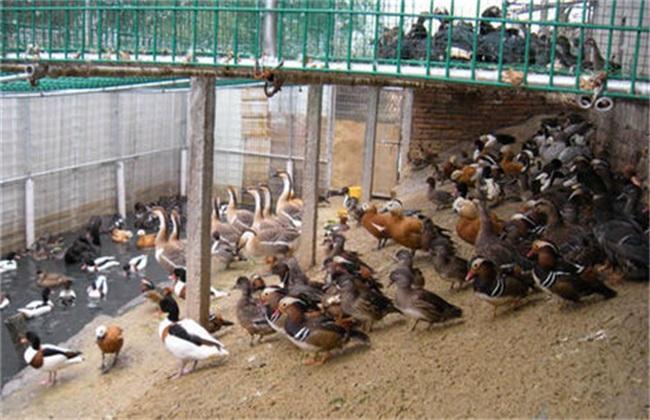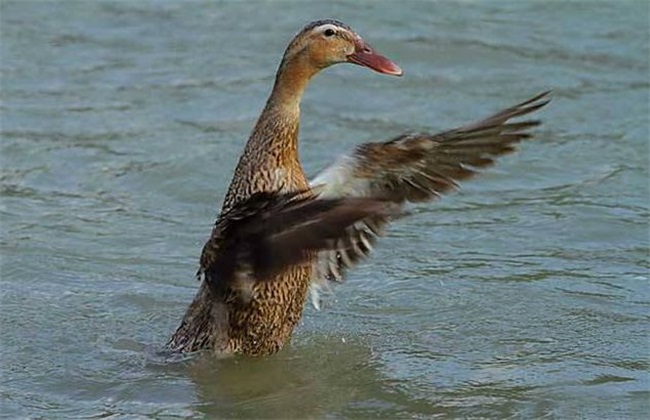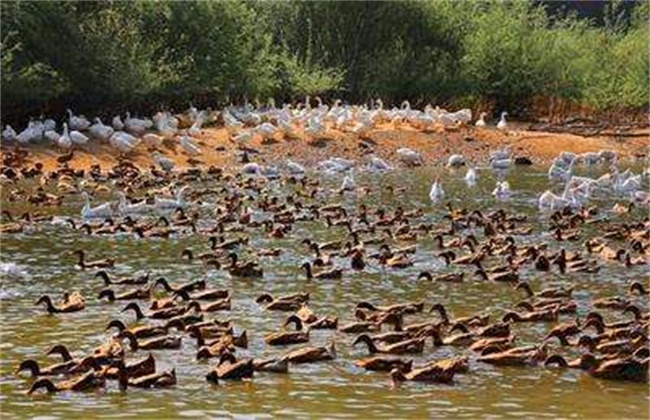Breeding technique of wild duck
The wild duck is actually a kind of waterbird, of which the most famous is the mallard. There are many species of wild duck, and the economic value of breeding wild duck is very high. Strong adaptability, miscellaneous food habits, breeding is also very simple. Under normal management, wild ducks grow very fast. So how exactly should wild ducks be raised? The following editor brings you the breeding techniques of wild ducks, let's have a look!

1. Site selection
Wild ducks like water, so the first thing is to make sure that there is plenty of clean water around the farm. Can be built around reservoirs, mountain ponds, etc., to ensure the flow of water quality as far as possible, can be updated in time. In the establishment of farms, not only to set up a good rest room, sports ground, but also to ensure that there is a brooding room. Wild duck nestling is mainly plane brooding, and the area of the brooding room should be controlled according to the actual situation. The nestling room is divided into two square meters of small compartments, each of which can raise about 70 ducklings. Then do a good job of heat preservation measures, to often observe the growth of wild ducks to prevent the phenomenon of extrusion and accumulation.
2. Rational breeding
Wild ducks can generally choose to breed ducks after they have grown for about two months, and the ratio of male to female is about 1: 6. When raising breeder ducks, it is necessary to appropriately increase the proportion of nutrition, increase the amount of feed and increase the yield. You can use the special egg duck feed on the market, and then put the breeding duck into the laying area, and the ground should be covered with soft cushion to prevent breeding eggs from breaking and improve the hatching rate. When the ducklings are put into the nursery after successful hatching, the bedding in the incubation room should be changed regularly to ensure that the bedding is dry. Then adjust the breeding density after about 7 days, and slowly grow up with the passage of time and raise it together.
3. Daily management
As I just said, wild ducks like water very much, especially ducklings, so we must do a good job of releasing water. Generally speaking, the ducklings can be released after they have grown for about a week. The frequency and time of releasing water should be adjusted reasonably according to the age and environmental temperature of wild ducks. After releasing water, the feathers should be dried before you can rush back to the duck house to prevent the bedding from getting wet. After two months or so, the wings of the ducklings have gradually taken shape and gradually learned to fly. At this time, we should pay attention to check whether the block around the duck house is complete, to prevent flying away, the height is controlled at about two meters, easy to manage and capture.
4. Disease prevention and treatment
The common diseases of wild ducks are blight, aspergillosis and so on. The prevention and treatment of the disease is mainly based on prevention and should not be mixed with other poultry in the duck house. Do not feed moldy and deteriorated feed to prevent wild ducks from food poisoning. Honeysuckle and other medicinal materials can be added to the feed to improve the disease resistance of wild ducks. Then we should pay attention to regular disinfection of the duck house to improve the permeability of the house. According to the process to do a good job of immunization vaccine work, do a good job in the prevention of various epidemics. After the occurrence of abnormal situation, find out the cause in time, and then carry on the symptomatic treatment.
The above is a brief introduction of wild duck breeding technology. The breeding technology of wild duck is very simple, but it is necessary to do a good job in escape prevention and disease prevention in order to ensure the quantity of wild duck can effectively expand the efficiency of breeding. That's all for today's introduction. This article is for reference only. Thank you for your reading and support.
Related
- On the eggshell is a badge full of pride. British Poultry Egg Market and Consumer observation
- British study: 72% of Britons are willing to buy native eggs raised by insects
- Guidelines for friendly egg production revised the increase of space in chicken sheds can not be forced to change feathers and lay eggs.
- Risk of delay in customs clearance Australia suspends lobster exports to China
- Pig semen-the Vector of virus Transmission (4)
- Pig semen-the Vector of virus Transmission (3)
- Five common causes of difficult control of classical swine fever in clinic and their countermeasures
- Foot-and-mouth disease is the most effective way to prevent it!
- PED is the number one killer of piglets and has to be guarded against in autumn and winter.
- What is "yellow fat pig"? Have you ever heard the pig collector talk about "yellow fat pig"?



